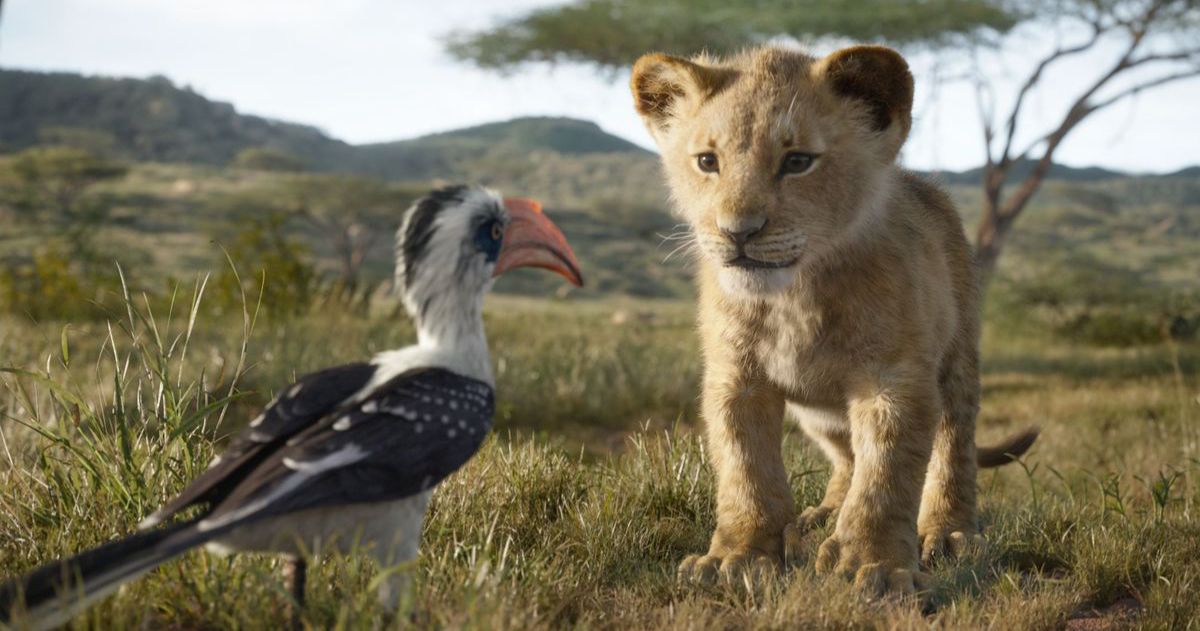Is Lion King Animated Or Live Action
Why Disney's Lion King Remake Is Considered Alive-Activity and Non Animation
There is only one bodily live shot in The Lion Male monarch but information technology'due south not being considered an animated moving picture.
The live-activeness remake of the Disney archetype The Panthera leo King has finally hitting theaters to mixed reviews. Yet, one of the most controversial aspects of the movie isn't its overall quality, but more than and then the fact that it has been labelled as a "live action" picture show. Yet, though it may not be like the typical alive activeness movies that we are used to, The Lion Rex absolutely falls under the qualifications of a live activeness movie rather than an animated i.
The distinction of a live action movie and an animated picture isn't equally much well-nigh how the final product looks or how much CGI is used every bit much as it is about how the activity is made. A live action movie is any type of moving picture that is made using cameras, as the "activity" is captured "live." An blithe movie creates the activeness in a way that is not live. Originally, this was done past putting a number of fatigued images together, but it at present too includes movies that are made completely on a computer or stop-motility movies like Wallace & Gromit that put individually shot images together.
Had the new Panthera leo King been made entirely on a computer like many of the modernistic 3D blithe movies, then it would autumn into the animated moving-picture show category. Notwithstanding, that's non what happened. Much like The Jungle Book (and oddly Monster House), the bulk of The Lion Rex was shot in a studio, using humans and props. The CGI was then clipped onto the movement of the actors and props to create the stunning visuals seen in the last product. Take, for case, the graphic symbol Smeagol in The Lord of the Rings. Smeagol was not added into the movie in post-production; instead, actor Andy Serkis was on set the entire time in a movement-capture accommodate, with the CGI that formed his character being added after filming. The Lion King essentially did the same affair, but on a significantly larger scale.
The Lion King actually went above and beyond the technology that Hollywood typically uses for these projects, actually shooting a majority of the action using VR/AR technologies. This allowed the team to capture the action from practically every angle, creating a completely 3D "reality" on their computers. This fabricated it much easier to choose different "camera angles" in the computer-generated world adapted from what was shot in the studio. Information technology is an incredibly innovative approach that is certain to change how movies like this are made in the future.
Because the activeness of The Lion King was originally captured by a camera rather than created on a computer, the picture show technically qualifies as a alive activeness movie. It is sometimes considered to be a hybrid of both forms called "live action animation," but in the finish, that still falls into the live action category. Hopefully this confusion will be cleared up more when this latest remake from Walt Disney Studios releases on Blu Ray, which will undoubtedly reveal enough of behind-the-scenes footage of the remarkable way this moving-picture show was made.
Source: https://movieweb.com/the-lion-king-2019-why-live-action-not-animation/
Posted by: nealshaterinew1954.blogspot.com


0 Response to "Is Lion King Animated Or Live Action"
Post a Comment